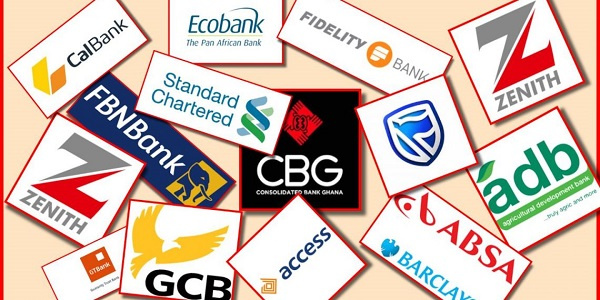Banking Industry’s NPL Ratio Edges Up to 23.6% as Asset Quality Pressures Persist
Ghana’s banking sector continues to face elevated credit risk, with the proportion of non-performing loans (NPLs) rising marginally in April, according to new data released by the Bank of Ghana.
The NPL ratio rose to 23.6% in April 2025, up from 23.4% the previous month and 22.6% at the start of 2025, extending a gradual deterioration in asset quality that has cast a shadow over recent growth in bank lending.
The figures, published in the Central Bank’s May 2025 Summary of Economic and Financial Data, underscore the lingering impact of macroeconomic instability and post-DDEP restructuring efforts on financial sector stability.
Despite the uptick in bad loans, the central bank highlighted a significant divergence in risk exposure when adjusted for fully impaired facilities. Excluding loans classified as “loss,” the NPL ratio was markedly lower at 9.0%, suggesting banks have already provisioned for a substantial share of distressed assets.
Still, the persistently high headline NPL figure remains a concern for regulators, raising questions about the sustainability of recent gains in balance sheet expansion. Total advances across the industry reached GH¢92.2 billion in April—an 18.3% increase year-on-year—but analysts caution that this credit growth has not translated into improved asset quality.
The data also shows a slight improvement in capital adequacy, with the industry’s risk-weighted capital adequacy ratio (CAR) rising to 17.5% in April from 17.1% in March. However, excluding regulatory forbearance measures, the CAR stood at 15.8%—closer to the statutory minimum of 13%.
The central bank has maintained regulatory reliefs for the sector since the onset of the domestic debt exchange programme and economic downturn, enabling lenders to gradually rebuild capital buffers without triggering sharp credit contractions.
Market watchers attribute the persistent credit quality challenges to the aftershocks of the DDEP restructuring, inflationary pressures, broader macroeconomic headwinds, and weak corporate earnings in several sectors.
With credit growth expected to moderate in the second half of the year amid a cautious monetary stance and evolving macroeconomic conditions, banks may need to recalibrate risk appetites and bolster their internal controls to contain further deterioration in the loan books.








